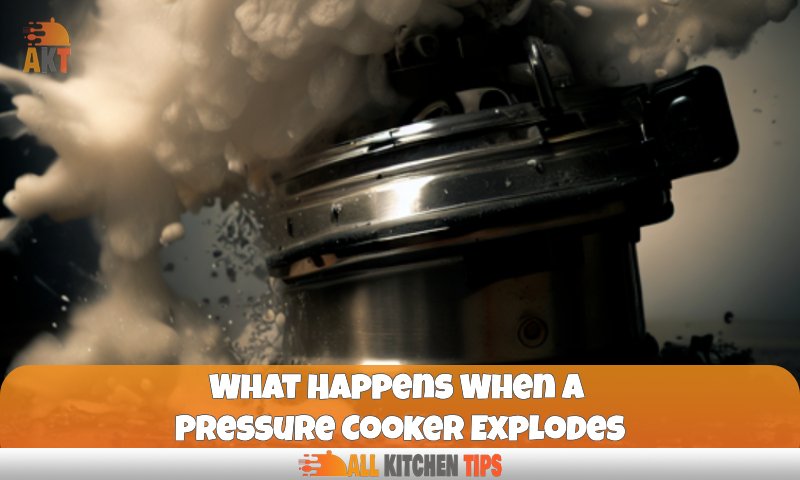Are you wondering what the best garbage disposal for your kitchen is? A garbage disposal can be a lifesaver for any busy home chef. It saves time, energy, and helps with cleaning up after meals.
The good news is that there are lots of great options out there. But before you go shopping, it’s important to consider all the factors that go into choosing a garbage disposal. You want to make sure you get one that’s powerful enough, has all the features you need, and fits in with your budget.
If you’re having trouble figuring out what kind of garbage disposal you need, don’t worry. That’s why we’re here. In this article, we’ll walk you through everything you need to know about what garbage disposals do and how to choose the right one for your home.
Overview of Garbage Disposal Systems
Garbage disposal systems are a great addition to any kitchen, providing an efficient and environmentally friendly way to dispose of food waste. Essentially, a garbage disposal is designed to shred solid food waste into very small pieces before allowing it to travel through the plumbing system.
Most garbage disposals are installed under a kitchen sink between the sink’s drain and the trap and typically consist of two chambers: an upper grinding chamber that tears food particles as they enter, and a lower chamber for collecting the particles. Once in place, using a garbage disposal is simple: all you need to do is turn on the water, allow it to reach its highest temperature, activate the switch or disposal button, and feed the food waste into the disposal while still running cold water. The waste will then be processed through small rotating blades and safely discharged out of your drain.
The benefits of investing in a garbage disposal are numerous, including reducing food smells in your home as well as helping reduce the burden on waste management systems by eliminating organic matter from landfills. Not only does this help the environment, but it also helps minimize pollution from methane created when organic matter decomposes in dumpsites.
Different Types of Disposal Units
When it comes to garbage disposals, there are two primary types: batch feed and continuous feed.
Batch feed disposal units require you to cover the drain with a stopper before turning on the unit. When you’re ready to begin, you simply turn on the unit, and it operates until all of the waste is gone, then shuts off automatically.
On the other hand, continuous feed disposals require you to turn on the unit first and continuously add food waste with your free hand while keeping the other hand on the running disposal. This option allows for more flexibility in cleaning larger meals or difficult food waste.
Special Considerations When Buying a Garbage Disposal
When deciding on the type of garbage disposal you need, there are a few other factors you should consider—motor size, grinding chamber size and material, and noise levels.
Motor Size
The motor size affects what types of food can be processed. Generally speaking, a larger motor can grind harder food items. If you’re looking to grind up meat bones or other tough items like that, you’ll need a larger motor. Smaller motors are better for light use, such as crushing soft foods like fruits, vegetables, and eggshells.
Grinding Chamber Size and Material
The grinding chamber size and material should be considered according to the motor power. A low-end 1/3 horsepower garbage disposal will have a small plastic grinding chamber that is ideal for crushing softer items like produce or tea bags. A higher-power garbage disposal has a much larger stainless steel or ceramic grinding chamber that can handle just about anything.
Noise Levels
Higher horsepower models also tend to be better at reducing noise levels as long as it is installed correctly with proper insulation techniques (such as foam gaskets). Higher horsepower motors usually rotate more slowly than their lower-powered counterparts, so they put out less noise and vibration.
Benefits of Installing a Garbage Disposal System
Having a garbage disposal system installed in your home offers many benefits. From reducing odors caused by rotting food, to improving drainage and protecting pipes, it’s an easy way to reduce waste and make day-to-day life more efficient. Plus, research shows that having a garbage disposal in your home can reduce up to 20% of the waste that goes into the environment.
Enhanced Drain Performance
Garbage disposals grind food particles into small pieces so that they’ll pass through and be flushed out of your sink more easily, This helps enhance drain performance over time and prevents any clogging issues that can occur when food particles get stuck in the pipe.
Odor Reduction
Another great benefit of having a garbage disposal is odor reduction. As food particles start to rot in your trash bin or sink, they can emit a strong smell—but not if it gets ground up. That’s why having a garbage disposal system is an effective way to keep odors away from your kitchen.
When considering whether you need a garbage disposal, it’s important to take into account all the benefits it can bring: improved drainage, odor reduction, and reduced environmental waste. With all of these advantages, it’s no wonder why so many people are getting one installed.
How to Install a Garbage Disposal System
You may not know that when installing a garbage disposal, plumber’s putty is the go-to material for working around the flange. Plumber’s putty will help to ensure that the flange seals securely to your sink.
Furthermore, most new garbage disposals don’t come with cords and plugs, so you’ll likely need to purchase one separately. Of course, it’s always a good idea to double-check before you buy to make sure it’s compatible with your unit.
For safety purposes, gloves and safety glasses are must-haves when performing any type of installation. Garbage disposals have components that spin quickly and have blades, so you want to be extra careful when installing or handling them.
Once you’ve purchased your disposal unit, followed the safety measures, and installed the garbage disposal system correctly, all that’s left is connecting the cord or plug.
What to Do if Your Garbage Disposal Stops Working
If your garbage disposal suddenly stops working, it can be a real problem. It’s usually easy to tell when something isn’t quite right because you’ll hear a loud humming noise or nothing at all. There are some simple steps you can take to fix it if the problem isn’t too serious.
First and foremost, check for the reset button. It’s usually located beneath the disposal and looks like a red button with a triangle in the middle. Pressing it will reset the disposal’s internal overload protector and should get it up and running again.
Clogs are also a common cause of garbage disposals not working properly. If there is no blockage, then look for faulty seals in hoses and pipe connections where water could potentially be leaking out instead of running through the drain system. Cleaning off mineral deposits on the sink flange can also help resolve any issues with clogging or slow drainage rates.
People Also Like: Discovering What is Special About Bread Machine Flour
Conclusion
When it comes to choosing a garbage disposal for your kitchen, there are many factors that you need to consider. Depending on your budget, there are entry-level garbage disposals that can get the job done, and there are more advanced and powerful garbage disposals that can handle larger amounts of waste. It is important to select one that is the right fit for your needs and the size of your kitchen.
Additionally, many garbage disposals come with different features and options, such as noise insulation, multiple grinding speeds, and more. Depending on your preference, it’s important to weigh all of your options before deciding what garbage disposal is right for you. With the right garbage disposal, you’ll be able to efficiently manage your kitchen waste and be one step closer to a cleaner and healthier kitchen.





